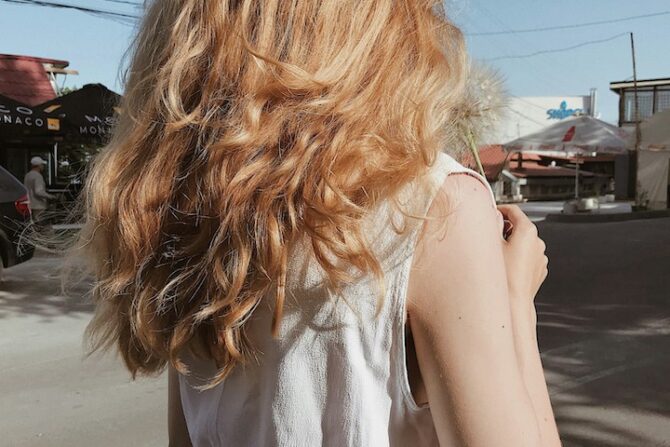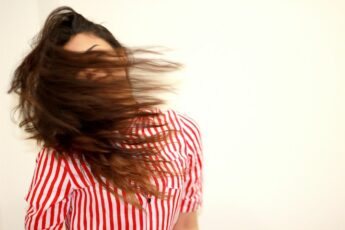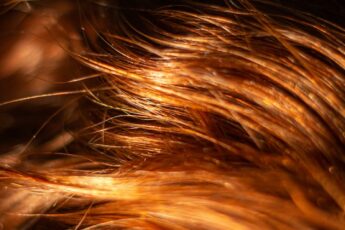Have you ever seen someone with soft golden hair and thought, how does that look so warm and natural at the same time? That’s honey blonde hair. And once you notice it, it’s hard not to start wondering if it would look good on you too.
I get it. Blonde hair can feel intimidating, especially if you’ve never colored your hair before. But honey blonde? It’s not about standing out. It’s about blending in with a kind of glow that feels soft and effortless. And the best part? It doesn’t scream for attention. It just settles in gently and makes everything feel lighter.
So if you’ve been curious about trying honey blonde hair — or if you’re already halfway convinced but don’t know where to begin — let’s sit down and talk it through. I’ll walk you through what it is, how to know if it’ll suit you, what to expect at the salon (or at home), and how to keep it looking just right without stress.
No pressure. Just honest, simple talk.
Table of Contents
Key Takeaways
- Honey blonde hair is warm, golden, and natural-looking — not icy or ash-toned.
- It works on a range of skin tones with the right undertone match.
- Darker natural hair may need more lifting, but the result can still be soft and blended.
- Maintenance is simple with the right toner and moisturizing routine.
- You can go lighter or deeper depending on your style — honey blonde is flexible.
What Is Honey Blonde Hair, Really?
It’s not icy. It’s not ash. And it’s not platinum either.
Honey blonde is warm. Think soft gold, a touch of amber, maybe even a hint of caramel depending on the light. It has yellow undertones that feel rich and natural — not artificial or brassy.
You’ll notice it most in the way it catches light. In the sun, honey blonde glows. Indoors, it softens your features instead of washing them out.
And unlike cooler blonde shades that can look a bit too sharp or high-maintenance, honey blonde feels gentle. It’s approachable. It flatters without trying too hard.
So no, it’s not “just another shade of blonde.” It’s a vibe — one that sits right between natural and noticeable.
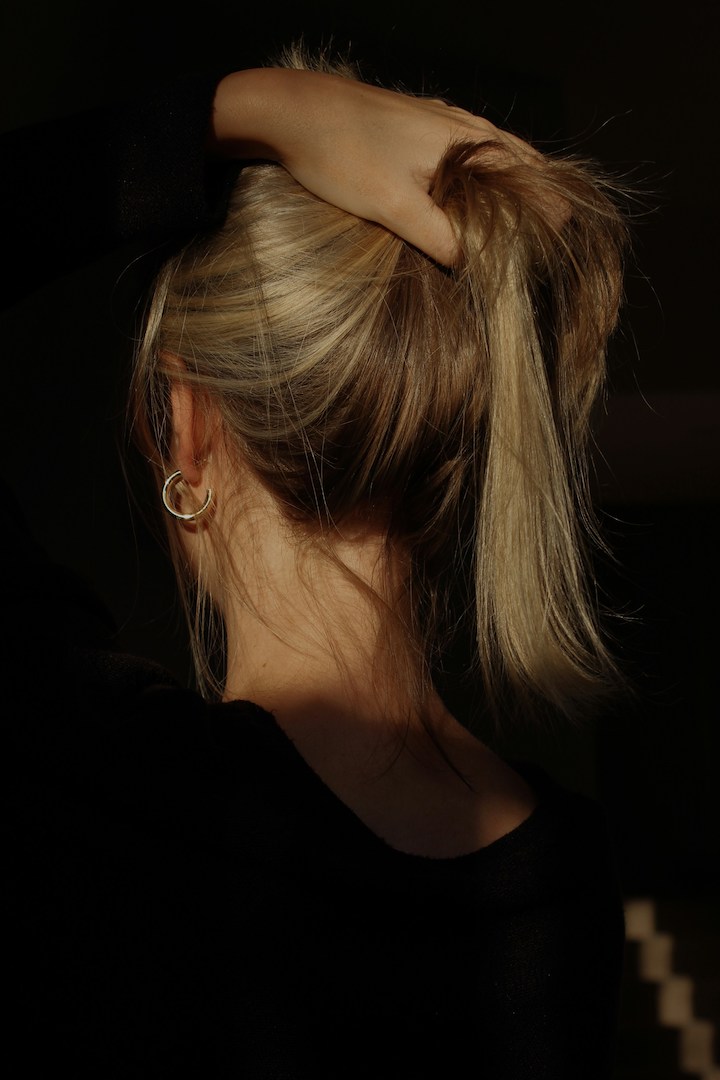
Is Honey Blonde Right for You? Let’s Talk About Skin Tone
You don’t need to be fair-skinned to pull off honey blonde. This is where things get interesting.
Honey blonde works best when it complements your natural warmth. If you’ve got golden or peachy undertones in your skin, chances are it’ll blend beautifully. But even if you lean neutral or slightly cool, the right shade of honey blonde can still work — you just need to adjust the tone slightly.
Not sure what your undertone is? Here’s a quick test you can try at home:
- Look at the veins on your wrist. If they look greenish, you likely have warm undertones.
- If they look blue or purple, you’re more cool-toned.
- If you can’t really tell, you might be neutral — which gives you flexibility.
The beauty of honey blonde is that it’s not rigid. You can shift it a little warmer or a little cooler depending on what works for your skin. So don’t overthink it. You don’t need to get it perfect. You just need to get it close.
Also Read: PP405 Hair: The Honest Truth About This Silky-Straight Option
Natural Hair Base: How It Affects the Outcome
What color is your natural hair? Because that’s going to affect how your honey blonde turns out.
If you have dark brown hair, honey blonde will look deeper and warmer — sometimes with caramel or chestnut vibes mixed in. You’ll probably need to lighten your base a bit first, which means a gradual process might be easier on your hair.
If your hair is light brown or dark blonde, you’re already halfway there. The honey tones will sit more evenly, and you might not need much lifting at all.
Natural blondes? You’ve got the easiest path. A gloss or toner might be all you need to shift your shade into honey territory.
Bottom line: The darker your natural color, the more lifting is involved. But don’t let that scare you. The process is doable — and with a little patience, totally worth it.
Choosing the Right Shade of Honey Blonde
Here’s where a lot of people freeze: there are so many shades.
But you don’t need to know them all. You just need to find one that feels like you.
- Lighter honey blonde leans closer to golden beige — soft and sunny.
- Darker honey blonde has more depth, with notes of amber or golden brown.
So ask yourself: do you want something that pops in the sun? Or something a little deeper and richer? Both still fall under the honey blonde umbrella.
When I was deciding, I held two strands of synthetic hair against my face in natural light. They looked identical indoors. But outside? One came alive, and the other didn’t. That’s the one I chose. And I’ve never looked back.
You don’t need to stress over the names. Just go by feel and light. What warms your face? What softens your features? That’s your shade.
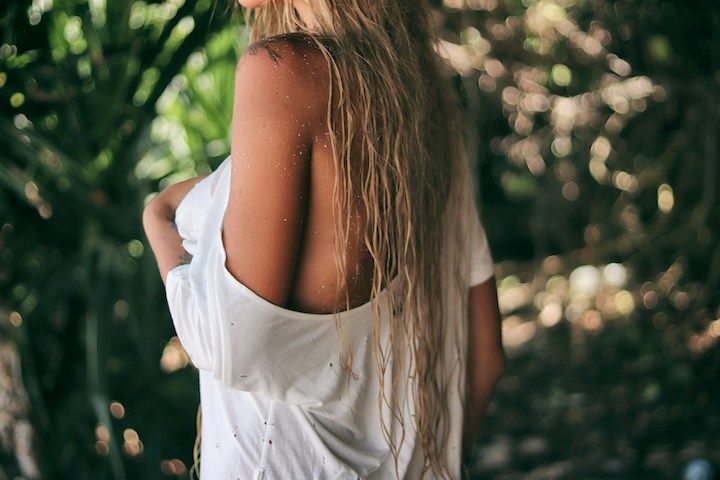
The Process: How to Get Honey Blonde Hair Without Regret
Let’s keep this simple.
Salon route:
If this is your first time going lighter, a professional is your best bet. Not because you can’t do it yourself — but because they know how to get you from where you are to where you want to be without frying your hair.
At the salon, they’ll probably lift your color first, then tone it to the honey shade you want. It might take one visit or two, depending on your starting point.
Here’s what to say:
- “I want a warm honey blonde that feels soft and natural.”
- “Nothing too yellow, nothing too brassy.”
- “I want to keep it low-maintenance, so placement matters.”
And show pictures. Lots of them.
DIY route:
If you’re doing this at home, start small. Use a semi-permanent color or gloss that leans golden. Avoid bleach unless you’ve done it before and know how your hair reacts.
Honey blonde dye kits are out there, but test them on a small strand first. What looks “honey” on the box can look orange in real life if your hair is too dark or too warm already.
And don’t skip the patch test. Trust me.
Maintenance: What No One Tells You About Keeping It Fresh
Honey blonde doesn’t require as much upkeep as ash or platinum, but you still need to care for it.
Here’s what helps:
- Toner every few weeks to keep the shade golden, not brassy.
- Purple shampoo, but don’t overdo it — it can dull the warmth.
- Hydrating treatments, especially if you lightened your base.
- Use color-safe shampoos and avoid too much heat.
You’ll probably need a touch-up every 6–8 weeks if you’re keeping it bright. But if you went for a rooted look or balayage, you can stretch it longer.
And don’t worry if the shade changes a little over time. Honey blonde fades gracefully. Sometimes it gets softer. Sometimes a bit sun-kissed. It all still looks good.
Check Out: Why Does Blonde Hair Turn Yellow or Brassy?
Styling Honey Blonde Hair: Make It Shine Without Overdoing It
Here’s the thing: honey blonde already does a lot of the work for you.
- Curls? They pick up the golden tones beautifully. Waves? Even better.
- Straight hair? Clean, polished, and full of shine.
If you want to make the color pop even more, here are a few easy ideas:
- Add a few face-framing highlights in a lighter honey tone.
- Keep ends trimmed — fresh ends catch light better.
- Use a shine spray or serum, especially before stepping out in sunlight.
And if you’re into layering dimensions, lowlights or slightly deeper strands near the roots can give you a sunkissed effect that looks effortless.
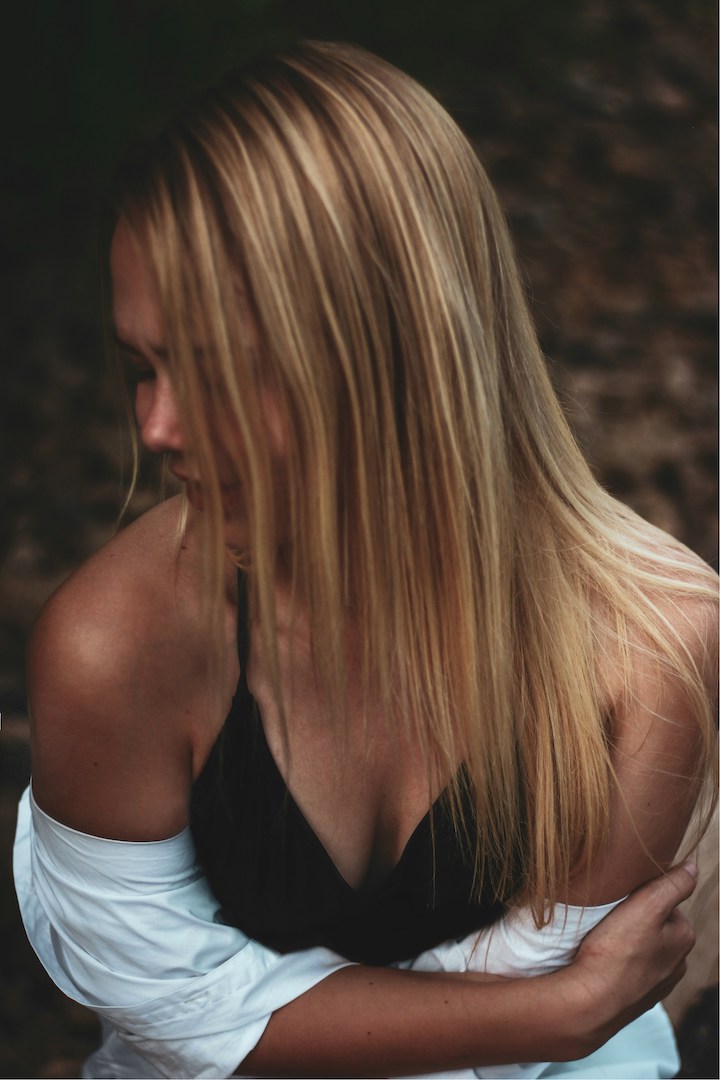
Conclusion
You don’t need to have blonde hair. You don’t need to have light skin. And you don’t need to get everything perfect to try honey blonde hair.
You just need curiosity. A little patience. And the willingness to play with something new.
If you’ve been thinking about it, there’s probably a reason. Maybe you just want a little change. Or maybe you’re looking for something that feels warm, easy, and more you.
Whatever your reason, honey blonde isn’t just about hair color. It’s about softness, lightness, and walking into a room feeling just a bit brighter.
And if it feels like you, then that’s all that matters.
Frequently Asked Questions
Will it damage my hair?
Not if it’s done right. Lifting always causes some dryness, but if you hydrate and go slowly, your hair will bounce back. Use masks and gentle products.
What if it doesn’t turn out like the picture?
That happens. Lighting, filters, and editing affect everything. That’s why I recommend using pictures as a guide — not a promise. Stay flexible.
Can I go back to my natural color later?
Yes, but give it time. If you decide honey blonde isn’t for you, you can gradually deepen your shade or let it grow out. It’s not a one-way street.
Is honey blonde hair hard to maintain?
Not really. It’s easier than cooler blondes. A little toner, some moisture, and the right shampoo can keep it looking great.
Will honey blonde work on dark brown hair?
Yes, but you’ll likely need to lighten your hair first. A professional can help lift your color slowly and safely.
Can I dye my hair honey blonde at home?
You can, especially if your hair is already light. But go slow, use strand tests, and start with semi-permanent color if you’re unsure.
How do I know which honey blonde shade is right for my skin tone?
Look for tones that warm your face, not wash it out. Try hair samples or filters to test the look in natural light.

